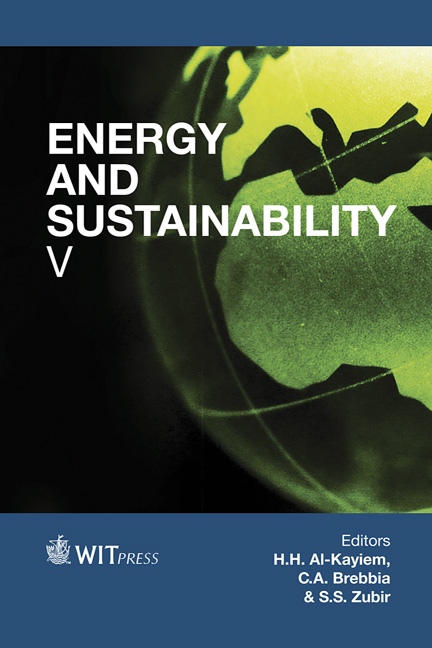Modelling And Design Analyses Of A Piezoelectric Cymbal Transducer (PCT) Structure For Energy Harvesting Application
Price
Free (open access)
Transaction
Volume
186
Pages
12
Page Range
103 - 114
Published
2015
Size
581 kb
Paper DOI
10.2495/ESUS140091
Copyright
WIT Press
Author(s)
H. G. Chua, B. C. Kok, H. H. Goh
Abstract
The piezoelectric cymbal transducer (PCT) is auspiciously identified as the best design for piezoelectric energy harvesting, particularly in high stress conditions. It is designed to harvest the ambient mechanical stress and vibration that ubiquitously exist in our environment into electrical energy. In this paper, a PCT structure is examined for its energy harvesting capabilities in both, mechanical and electrical environment using COMSOL FEA (Finite Element Analysis) simulation software. The PCT design structure comprises of piezoelectric disk slotted in between two dome-shaped metal end caps and slip rings. The shallow cavity depth allows the mechanical force to magnify the distributed circumferential force on the piezoelectric disk. A load resistor is introduced to the finite element method (FEM) via PSPICE netlist as to calculate the harvested power of the PCT. It has been discovered that the different metal end caps materials, the dimension of the piezoelectric disk and end caps with various electrical resistive load had significant corresponding effects on the power generation of the PCT. A total generated power of 0.46mW has been obtained from a PCT dimension of 32mm diameter wide along with a 0.3 thickness end cap under a 50N force across 3MΩ load resistance.
Keywords
piezoelectric energy harvesting, cymbal transducer, PZT (Lead Zirconate Titanate)





